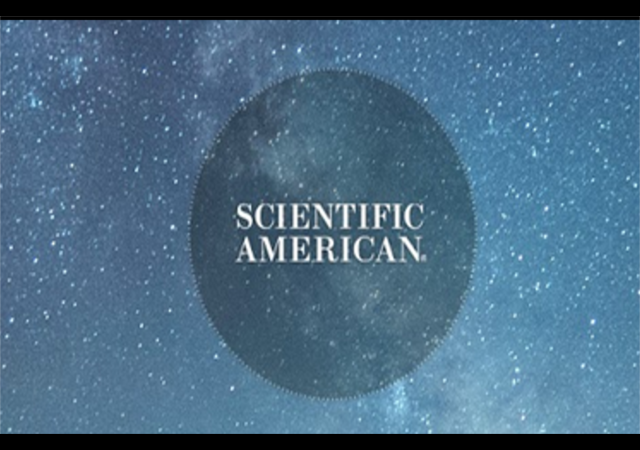Scientific American is Now the Bud Light of Science Journals

My colleague Mike LaChance recently reported Princeton University professor Agustín Fuentes recently published an article in the Scientific American, arguing that biological sex in humans is not binary.
An interesting thing happened when the Editor-in-Chief of that publication decided to further promote “non-binary sex” concerning a 2017 article in Audubon Notebook.
This led to a very robust response in Twitter’s Community Notes.
Looking back at the original article, it is clear why Helmuth latched onto the piece to push the non-binary inanity that has flooded the national discourse recently.
We’ve known since the late 1960s that the two color morphs differ in their chromosomes. Tan-striped birds have two identical copies of chromosome 2, but in white-striped birds, one copy of chromosome 2 has a large section inverted, as if it had been put in backwards.Recent work by biologist Elaina Tuttle and others has established that this section of the chromosome is not just inverted, but scrambled in a variety of ways. And it doesn’t just control the color of head stripes. Many different genes here are tightly linked to form a “supergene,” so that birds of one color morph also inherit a whole range of behaviors. The resulting effect is that the White-throat really does operate as a bird with four sexes.
Evolutionary biologist Colin Wright refuted the entire fiction of non-binary sex in his outstanding Substack column, Debunking Pseudoscience: ‘Multimodal Models of Animal Sex.’ In his article, Wright separates the relationship of individual characteristics and reminds everyone that sexual reproduction is binary: There are egg-producers, and there are sperm producers.
Wright debunks the Audubon Notebook post in this section:
The example they give of a species “with more than two sexes” is the white-throated sparrow (Zonotrichia albicollis). This species has two color morphs, males and females with either white or tan stripes. The more aggressive white stripe morph has a large inversion on chromosome 2, and the species mates disassortatively by color morph, meaning that white stripe morphs tend to mate with tan striped morphs. This chromosome inversion coupled with the disassortative mating by morph has led to a situation where chromosome 2 “behaves like” another sex chromosome.But having more than two sex chromosomes is not the same as having more than two sexes. While this species may be an interesting case study for how sex chromosomes have evolved, it certainly isn’t an example of a species with “four sexes,” which would require four distinct gamete types.
Wright’s conclusion includes a plea for biologists actually to do biology rather than promote the latest narrative.
As biologists we should not be engaged in erasing, invalidating, or affirming people’s identities or experiences. Our job is simple: describe and explain the natural world as accurately as possible.
Wright warns that the reputations of academic journals, which have been built over decades, will be completely tarnished if it continues to publish pseudoscience as “fact”.
It may be too late for Scientific American. It has now become the Bud Light of science journals.
CLICK HERE FOR FULL VERSION OF THIS STORY